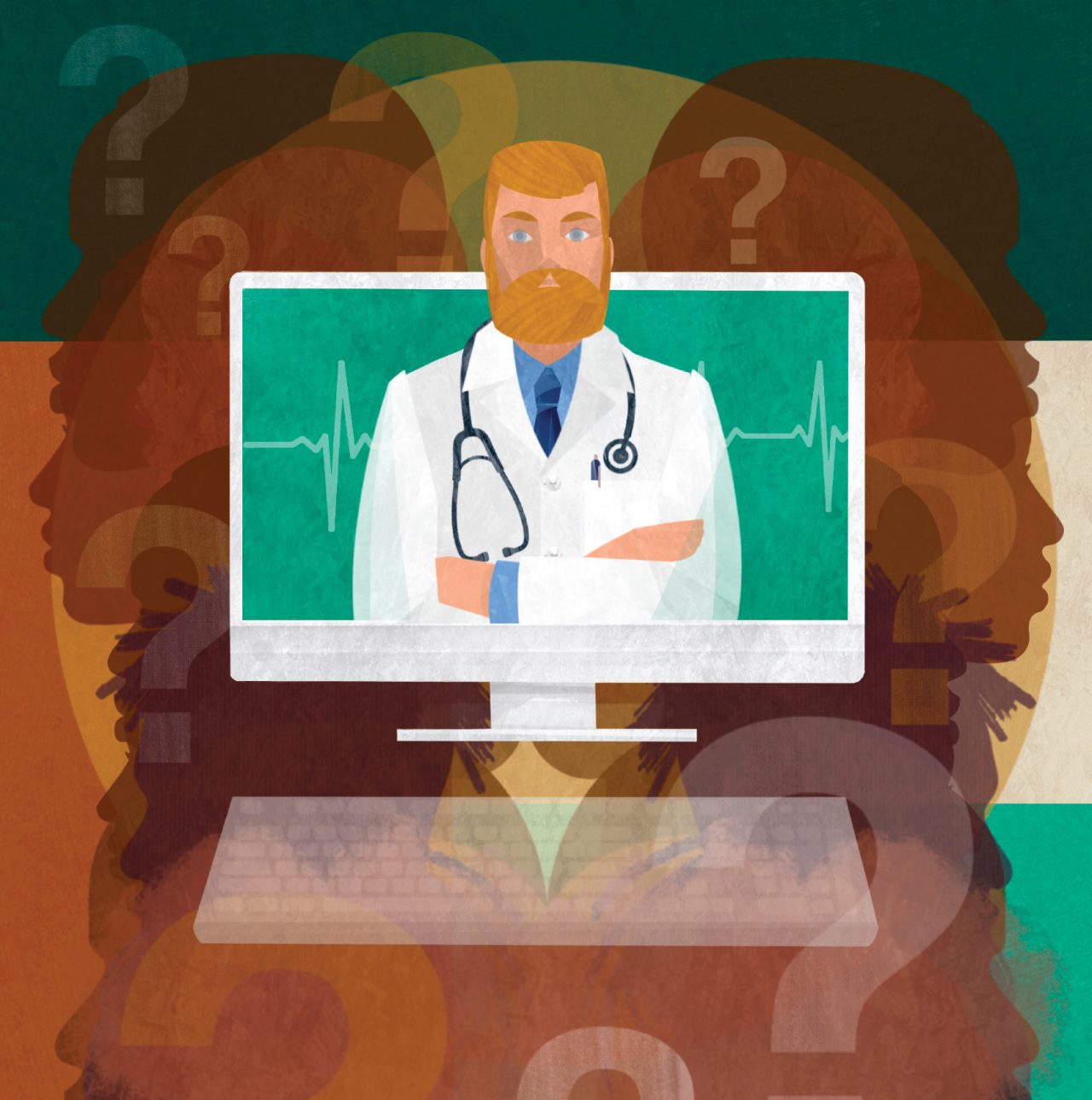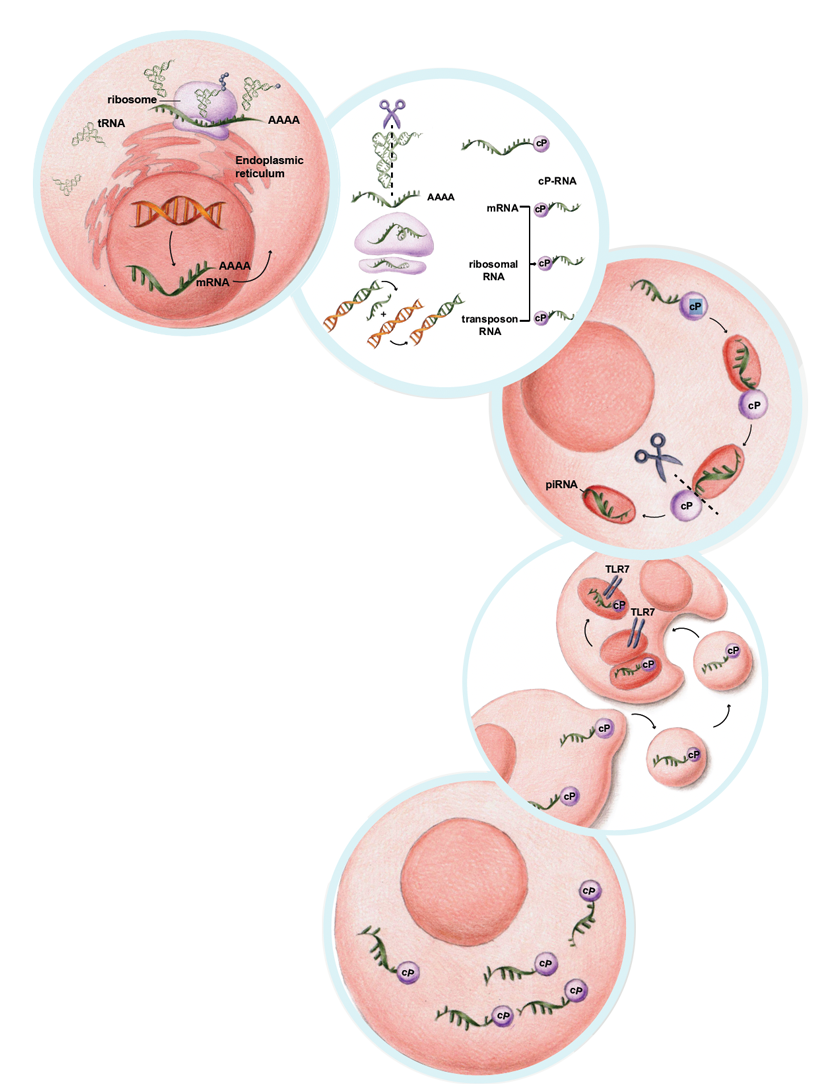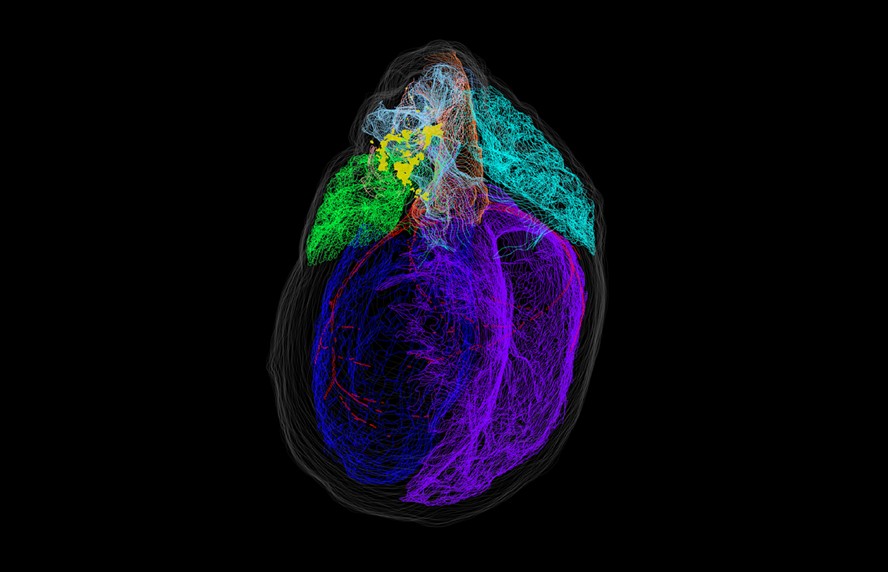Design isn’t what most aspiring doctors think about when considering medical school. But for Emily Marshall, a second-year medical student, design drew her in when interviewing to attend Sidney Kimmel Medical College (SKMC) at Thomas Jefferson University.
Through the JeffSolves MedTech program, Jefferson offers medical students like Marshall a rare opportunity to design and develop a novel medical device from the ground up.
“People who go into medicine don’t have exposure to designing medical devices even though we’re using them every day,” Marshall says. “The JeffSolves program is a very unique opportunity to learn about what goes into product development in the medical space.”
Now entering its seventh year, JeffSolves pairs medical students with industrial design students to identify a real world healthcare challenge that a medical device could solve.
The student-teams work with clinicians, patients and experts in engineering and design to conceptualize and develop a medical product. The process includes giving products a name, creating a brand and submitting provisional patents on the products to protect the intellectual property.
This year, 19 students who broke into four groups worked on their project over the course of six months. In addition to guidance from Industrial Design and Health Design Lab faculty mentors, JeffSolves partnered for its third year with Bresslergroup, a local design firm that specializes in medical devices. Teams also worked with Savvy Cooperative, an organization where patients are compensated for their expert knowledge about their conditions. The new partnership helped to provide teams with patient insight and to foster patient-centered designs.
The program culminates in public disclosure of the student-teams’ intellectual property to seek interested parties that might help move the product forward, with the ultimate goal of selling the intellectual property to a medical device company or manufacturing the product. Students from this year’s program presented their products to a combined in-person and virtual audience as part of Design Philadelphia, an annual 10-day festival that highlights the city’s impressive design community.
“The idea of the program is to empower students,” says Rob Pugliese, PharmD, director of innovation design and co-founder and managing director of Jefferson’s Health Design Lab, out of which the JeffSolves program runs.



